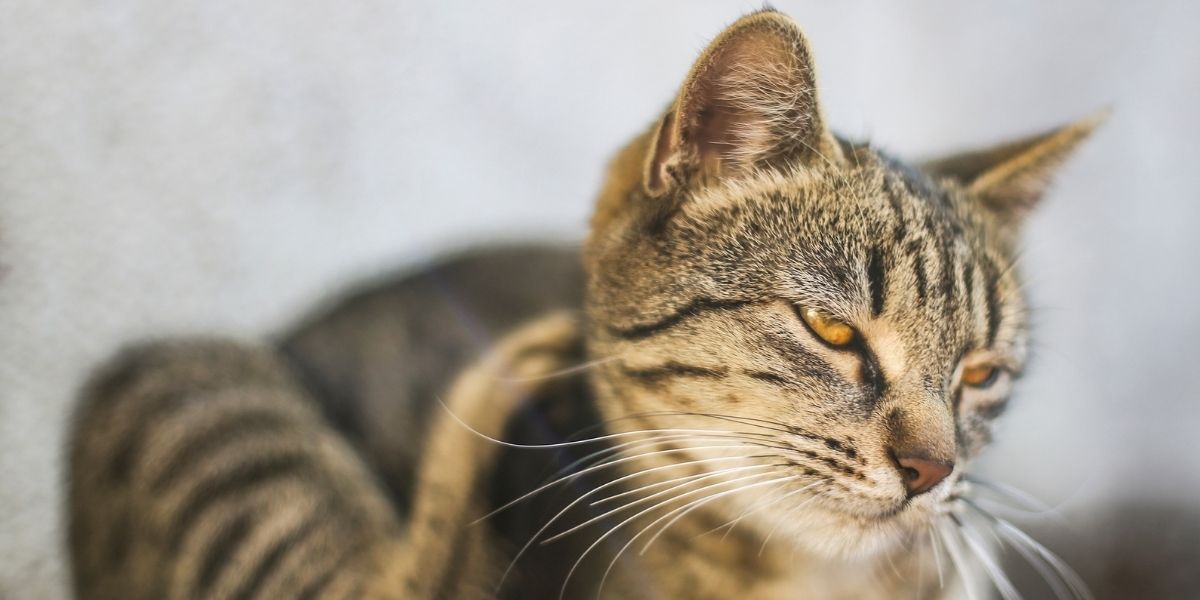Dermatophytosis in cats – Causes. Symptoms. Treatment
Dermatophytosis in cats is a fungal skin infection, very common in pets. This condition is also called “ringworm” due to the appearance of the lesions. Dermatophytosis or mycosis is caused by a group of microscopic fungi known as dermatophytes (fungi that live on the skin). This disease is caused by Microsporum canis, Microsporum Gypseum, Trichophyton Mentragophytes and others. Also, young cats with long fur or pre-existing skin problems are more likely to have this fungus.
How does dermatophytosis work?
Dermatophytosis is a contagious disease of an infectious nature. This condition works on the skin, causing eczema in the dead tissue of the cat’s skin, fur and claws. Very young animals are often affected by this disease, some as young as one year old. It is an infectious disease, from dog to cat and vice versa, from cat to cat or dog to dog. It can be transmitted very quickly from one sick animal to another through damaged skin, erythema, cracks, scratches, bites, and through simple contact with a leash, muzzle, furniture or bowls for water and food. The cat can also get this skin infection from a rodent carrying this fungus. These disease agents infiltrate the animal’s skin and begin to multiply. They affect the hair follicles, resulting in a complete lack of hair on certain skin parts. The parasite feeds on keratin, the dead outer surface of growing skin and nails.
Dermatophytosis in cats can last a long time. The incubation period depends on the pathogen, the degree of infection with it and how much the pet’s immune system is affected. Sometimes it can last only a few days, but the disease can last for weeks or months under certain conditions.
Dermatophytosis is most easily transmitted when high atmospheric humidity and high temperatures. Therefore, summer is the right time for these pathogens to infect their pets.
Dermatophytosis – causes
Dermatophytosis can occur in both cats and other animals. The most prone animals are very young, up to one year old, because the kittens have a lower concentration of fatty acids in sebum. Older cats with a weakened immune system are also prone to this skin condition. The leading causes of dermatophytosis are:
– Malnutrition
– The presence of intestinal parasites
– Stress or overcrowding conditions
– Excessive washing
Dermatophytosis – symptoms
Dermatophytosis in cats is manifested by several visible symptoms, such as:
– Hairless circular areas (alopecia)
– Crusty and inflamed skin
– Acne around the chin, dandruff
– Itching (itching) in some cases
Depending on the pathogen, the symptoms of the disease may vary. In most cases, the disease can be most easily noticed in cats with long hair. If the cat suffers from this condition, the skin may be purulent and more crusts may appear, leading to the development of skin infections of staphylococcus or streptococcus. When the cat has dermatophytosis, the pet may appear to have traces of dirt, but those scabs are skin lesions. If you notice any of the symptoms listed above in your cat, we recommend checking with your veterinarian.
Dermatophytosis – treatment
Dermatophytosis in cats is a condition that needs to be treated early. The veterinarian will examine the animal using a special UV lamp (Wood lamp), which by illuminating the hair, can highlight 50% of the fungal species that cause this condition. For a more accurate diagnosis, the veterinarian will perform a microscopic check.
Treatment for dermatophytosis in cats may vary depending on the form and severity of the disease. Antibiotic with antifungal action is administered. Also, if the pet has been infected with a fungus, the chances of the disease coming back are pretty high. The treatment is long-lasting. Decontamination of all surfaces with which the pet has come into contact is necessary. To prevent dermatophytosis, pets can be vaccinated intramuscularly (prophylactic vaccination). Cats diagnosed with this condition must be kept in quarantine in order not to transmit the disease to other animals. Children and the elderly are also exposed to this disease.
You can buy special hypoallergenic shampoos for your pet on the Biotur Shop platform, such as Davis Oatmeal and Aloe Shampoo. The product contains 2% oat extract, and hypoallergenic shampoo for dry, irritated or sensitive skin.
The finely dispersed (colloidal) oats adhere to the skin’s surface, giving it hydration and suppleness. Due to its moisturizing and antipruritic properties, it is recommended to relieve symptoms associated with allergies and seborrheic dermatitis. Aloe Vera helps soothe redness and reduces inflammation. Because it does not contain soap, frequent use does not reduce the effectiveness of spray or spot-on insecticides.



